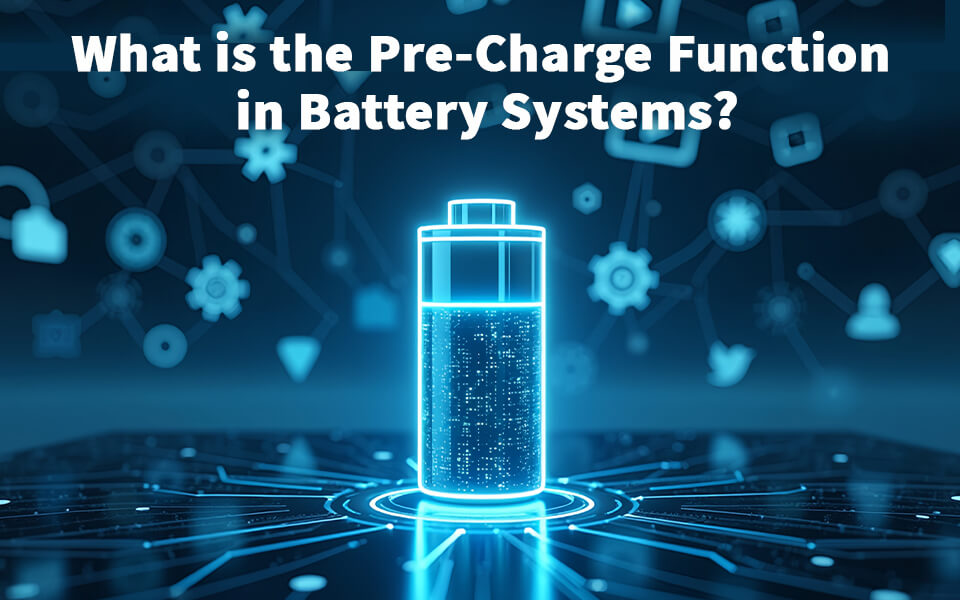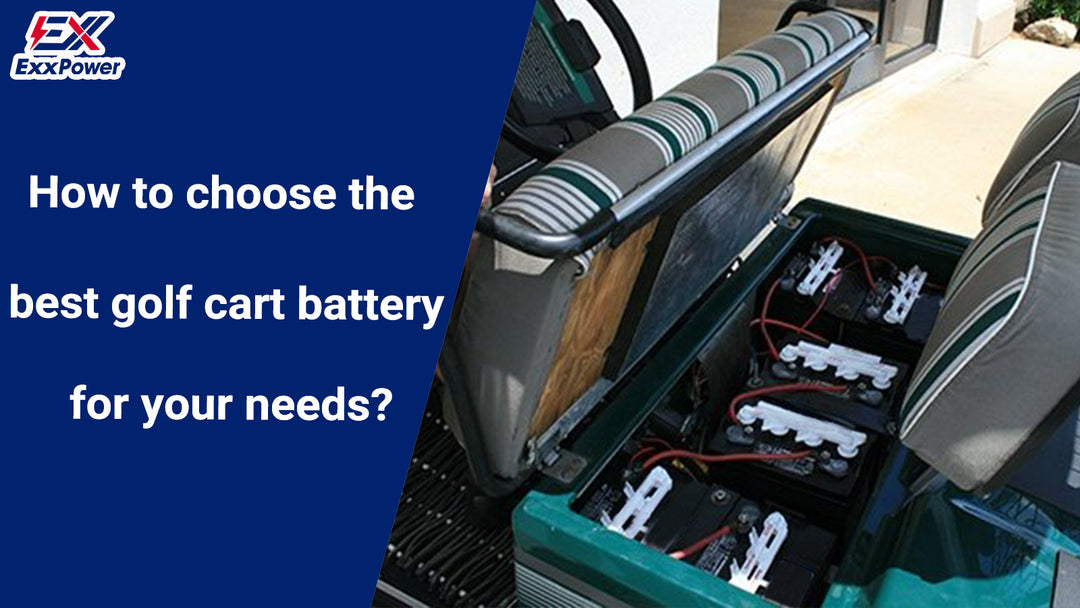Which is better: "Common port" or "Split port" for battery?

Have you ever wondered which is better, "common port" or "split port" for battery protection boards?
Separating the charge and output ports in our batteries significantly reduces battery wear, increases charging speed and stability, and extends the overall lifespan of the battery. This innovative design ensures that the charging and discharging processes do not interfere with each other, leading to a more efficient and reliable power source.
In this article, we’ll delve into the reasons behind this design choice, we're here to help you figure out which is better for your needs, the "common port" or the "split port" in batteries.
What are the common port and Split port?
The "common port" and "Split port" of the lithium battery protection board refers to the design of its output ports, and there are the following differences:
-
The common port design: the common port design means that all the output ports of the protection board are connected through the same wiring port. This means that whether charging or discharging, the current of all the battery cells passes through the same terminal. The common port design is usually used for smaller capacity battery packs or application scenarios, which simplifies wiring and saves space.
-
Split port design: Split port design means that the output port of the protection board is divided into multiple ports, each corresponding to a battery cell or battery pack. This can realize the current shunt between different ports, each port can work independently. Split port design is usually used for larger capacity battery packs or application scenarios, which can balance the charge/discharge difference between battery cells and provide better current distribution and protection performance.

Understanding the Design Choice
Traditional battery designs often use a single port for both charging and discharging. While this approach simplifies the design, it can lead to several issues, such as increased wear on the port, slower charging speeds, and reduced overall efficiency. By separating the charge and output ports, we can address these issues and provide a better-performing battery.
How Split Ports Work
-
Dedicated Charge Port: This port is solely used for charging the battery, ensuring that the power flow is optimized for efficient energy intake.
-
Dedicated Output Port: This port is used exclusively for discharging, providing a stable and consistent power supply to your devices or vehicles.
-
Independent Operation: By isolating these functions, the battery can manage each process more effectively, without interference or compromise.
Key Benefits of Separate Charge and Output Ports
-
Reduced Battery Wear: One of the most significant advantages of having Split ports is the reduction in wear and tear. When charging and discharging occur through the common port, the constant switching between these functions can cause mechanical and electrical stress, leading to faster degradation. Split ports mitigate this issue, ensuring longer port life and overall battery durability.
-
Increased Charging Speed: With a dedicated charge port, the battery can be optimized for faster and more efficient charging. This design allows for higher current intake without the risk of interfering with the discharge process, resulting in reduced charging times and more uptime for your devices.
-
Enhanced Stability and Performance: Separating the charging and discharging pathways enhances the stability of the battery. Each process can be fine-tuned independently, ensuring consistent and reliable performance. This is particularly important in high-demand applications where stable power delivery is critical.
Advantages of Separate Charge and Output Ports in Battery Systems
Reducing Battery Wear
Battery wear is a common issue with traditional designs. Split ports help in significantly reducing the wear and tear on the battery components.
-
Minimized Mechanical Stress: Independent ports eliminate the need for constant switching, reducing mechanical stress on the connectors.
-
Improved Electrical Integrity: By isolating the charge and discharge currents, the risk of electrical wear is minimized, leading to longer-lasting battery components.
Increasing Charging Speed
Faster charging is a key benefit of having a dedicated charge port. This design ensures that the battery can handle higher charging currents more efficiently.
-
Optimized Charging Pathway: The dedicated charge port is optimized for high current intake, allowing for faster charging without compromising safety.
-
Reduced Charging Times: With more efficient energy intake, batteries can be charged in a shorter time, maximizing their availability for use.
Enhancing Stability and Performance
Stability is crucial for reliable battery performance. Split ports ensure that the charging and discharging processes do not interfere with each other, leading to more stable operation.
-
Consistent Power Delivery: The dedicated output port ensures a stable and consistent power supply, which is essential for high-demand applications.
-
Independent Process Optimization: Each port can be optimized for its specific function, enhancing overall battery performance and reliability.
Real-World Application: ExxPower LiFePO4 Golf Cart Battery
The ExxPower LiFePO4 Golf Cart Battery showcases the benefits of separate charge and output ports. Here’s how this design enhances its performance:
-
Efficient Charging: The dedicated charge port allows the battery to be fully recharged quickly, minimizing downtime and maximizing usage time.
-
Stable Power Supply: With a separate output port, the battery provides a reliable and consistent power supply to the golf cart, ensuring smooth operation even in demanding conditions.
-
Longer Lifespan: Reduced wear on the ports and optimized charging/discharging processes contribute to an extended battery lifespan, providing better value over time.
Conclusion
The decision to design separate charge and output ports for our batteries is rooted in the goal of enhancing performance, reliability, and longevity. By reducing battery wear, increasing charging speed, and ensuring stable power delivery, this design choice sets ExxPower batteries apart. Whether you're using them in golf carts, electric vehicles, or other high-demand applications, our batteries are engineered to provide the best performance and durability. Choose ExxPower for innovative battery solutions that deliver exceptional results.






Leave a comment